Staying ahead in the ever-evolving world of web design requires constant exploration and discovery. With countless resources available, finding the right inspiration can feel overwhelming, but it’s essential for creating standout digital experiences. Whether you’re a seasoned designer or just beginning, understanding the latest trends and discovering the best platforms for inspiration is key to unlocking fresh ideas. In this guide, we’ll dive into the top websites and communities where designers find their muse, explore the most popular trends shaping 2023, and reveal the tools and platforms that fuel creativity. From minimalist masterpieces to bold, vibrant designs, this article will walk you through the ins and outs of the latest web design inspirations, helping you stay ahead of the curve and bring your vision to life.
Key Takeaways
– Explore Top Design Platforms: Dive into Dribbble, Behance, Adobe Design CC, and Webflow for cutting-edge UI/UX designs, branding insights, typography trends, and color theory exploration.
– Use Leading Website Builders: Opt for WordPress, Wix, Squarespace, Shopify, or Carrd to create stunning websites tailored to your needs, from blogs to e-commerce platforms.
– Find Inspiration Sources: Draw motivation from nature, art history, digital communities, books, personal projects, and peers—plus tools like Behance and Dribbble.
– Stay Updated on Trends: Keep abreast of design trends via Awwwards, Smashing Magazine, and Design Milk.
– Enhance Skills with Resources: Elevate your skills with 119WebDesign’s comprehensive tutorials and design insights.
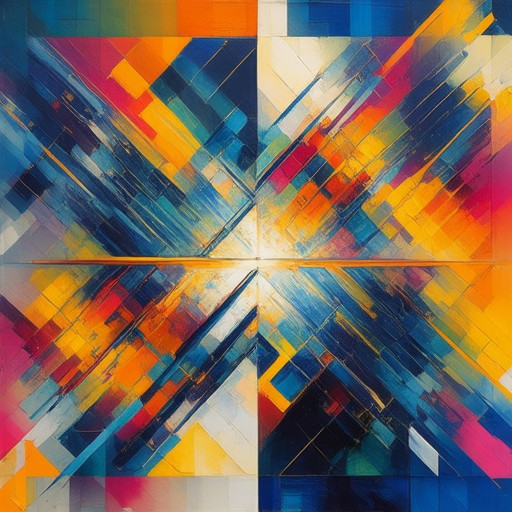
Where Can I Find Inspiration for Web Design?
There are numerous exceptional platforms and resources available that can inspire web designers and provide valuable insights into modern design trends and techniques. Below is a curated list of some of the best resources:
- Dribbble – A leading platform for showcasing web and graphic design projects. Dribbble features a vast gallery of creative work, articles, and tutorials, making it a great place to explore design inspiration and stay updated on the latest trends.
- Behance – Known for its extensive collection of design projects, Behance allows users to browse through a wide range of web designs, logos, and UI/UX concepts. It’s a fantastic resource for gathering inspiration and spotting emerging design styles.
- Webflow Blog – This blog focuses on web design and development, offering in-depth articles, case studies, and design trends. It’s particularly useful for learning about modern web design practices and seeing real-world applications.
- Smashing Magazine – A well-respected design magazine that covers web design, development, and typography. Smashing Magazine regularly publishes high-quality articles and showcases cutting-edge design work, making it a go-to source for inspiration.
- Design Milk – Specializing in interior design and typography, Design Milk also offers a wealth of web design inspiration. The platform features daily posts on design trends, products, and creative projects.
- Adobe Creative Cloud – While primarily a design tool suite, Adobe’s Creative Cloud community and resources provide a wealth of web design inspiration. Users can explore templates, tutorials, and showcases created by professional designers.
- Google Design – Google’s official design blog highlights web design trends, UI/UX innovations, and case studies. It’s a great place to learn about how major companies approach web design and user experience.
- Medium – Design – Medium’s Design section curates articles on web design, typography, and user experience. It’s a mix of in-depth analyses, personal stories, and practical tips, making it a valuable resource for web designers.
- Canva Design School – Although known for its graphic design tools, Canva’s Design School offers web design inspiration and educational resources. It’s particularly useful for learning about modern design principles and techniques.
- 99 Designs – A marketplace for web and graphic design services, 99 Designs also hosts a gallery of completed projects. It’s a great place to see how different designers approach various web design challenges.
- Web Design Trends – A dedicated blog to tracking and reporting on the latest web design trends. It’s a must-read for anyone looking to stay ahead in the field and understand what’s shaping the future of web design.
- Sketch Resources – Sketch is a popular design tool, and their resources section provides web design inspiration through tutorials, templates, and showcases. It’s a great place to pick up tips and tricks for creating beautiful interfaces.
- Figma Community – Figma’s community page features a variety of web design projects and resources. It’s a hub for UI/UX enthusiasts, offering inspiration and collaboration opportunities with fellow designers.
Latest Trend in Web Design
In 2025, web design continues to evolve rapidly, driven by innovation and changing consumer preferences. One of the most notable trends emerging this year is the shift towards sustainability in design processes and outcomes. Designers are increasingly prioritizing eco-friendly practices, such as reducing digital waste and using renewable resources for design assets.
Another prominent trend is the growing influence of AI-powered design tools . These tools enable faster and more personalized website creation, allowing even non-designers to produce professional-looking results. While these tools simplify the process, many designers still prefer traditional methods for unique and custom solutions.
Additionally, there’s a rising emphasis on accessibility-first design . This approach ensures that websites are usable by everyone, including individuals with disabilities. Many modern frameworks now natively support accessibility features, making it easier for developers and designers to integrate these standards into their work.
Perhaps the most exciting development is the integration of augmented reality (AR) and virtual reality (VR) into web experiences. Brands are leveraging these technologies to create immersive online environments, offering users interactive and visually stunning ways to engage with products and services.
To stay ahead in this dynamic field, it’s essential to keep an eye on emerging trends and experiment with innovative techniques. By combining traditional creativity with modern tools and ethical considerations, web designers can continue to push boundaries and deliver exceptional digital experiences.
For more insights into the latest web design trends, visit our resource hub and explore our comprehensive guide on modern design practices.
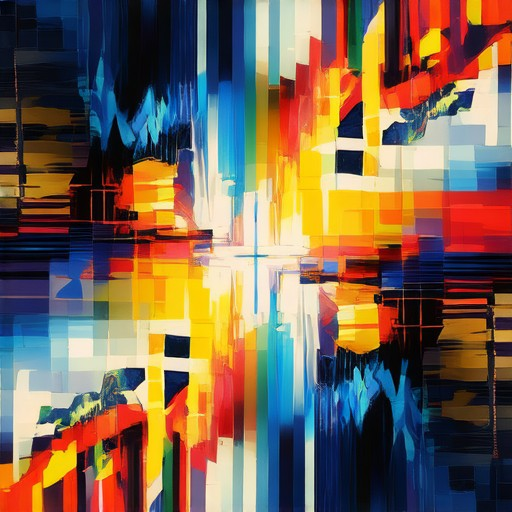
Which Design Is Trending Now?
Graphic design trends evolve rapidly, and staying updated with the latest styles is essential for creating modern and engaging visual content. Here are some of the most prominent design trends emerging in 2025:
Bold Minimalism
Bold minimalism is taking center stage, blending the simplicity of minimalism with striking visuals. This style emphasizes clean lines, ample negative space, and impactful typography, often using vibrant colors to make a strong statement.
Maximalist Designs
While minimalism focuses on simplicity, maximalism goes in the opposite direction by layering textures, patterns, and colors. This trend is perfect for creating eye-catching designs that convey energy and complexity.
3D Elements
Three-dimensional graphics and animations are becoming increasingly popular, adding depth and dimension to designs. This trend is particularly noticeable in branding and product packaging.
Retro Gradients
Vintage-inspired gradient color palettes are making a comeback, offering a nostalgic yet modern feel. These gradients are often used in backgrounds, text overlays, and accent shapes to create visually appealing designs.
Asymmetrical Layouts
Asymmetry is gaining traction as a way to break free from traditional symmetry, allowing for more dynamic and unconventional compositions. This approach is particularly suited for digital interfaces and social media content.
Sustainability-Focused Design
With a growing emphasis on environmental consciousness, sustainable design practices are influencing creative processes. Designers are adopting eco-friendly workflows, using recycled materials, and focusing on timeless aesthetics.
Neon Colors and Bright Palettes
Brilliant neon colors and high-contrast palettes are being used to create attention-grabbing designs. These hues are perfect for energetic branding and campaigns that aim to stand out.
Hand-Drawn and Handcrafted Elements
Hand-drawn illustrations and handcrafted textures are adding a personal touch to designs. These elements bring warmth and uniqueness to projects, making them feel more authentic and human-centered.
Competitors to Watch
Stay ahead with these leading design platforms and tools:
- Canva – A user-friendly tool for creating professional designs quickly.
- Adobe Illustrator – Ideal for vector-based designs and complex projects.
- Figma – Great for collaborative design work and prototyping.
By incorporating these trends into your next project, you can ensure your designs remain contemporary and impactful. Keep experimenting with these styles to find the perfect fit for your vision!
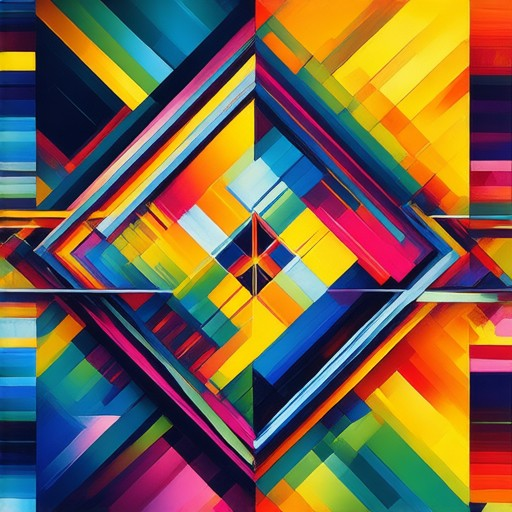
Best Websites for Creative Inspiration
When seeking creative inspiration, there are numerous exceptional platforms that cater to diverse design needs. Here’s a curated selection of top resources:
- UI/UX Design Inspiration
- Dribbble – A premier platform showcasing cutting-edge UI/UX designs and interactive prototypes.
- Behance – Features a global community of designers offering creative work across various disciplines.
- Adobe Design CC – Offers access to trend libraries, case studies, and design assets.
- Webflow – Shares modern web design trends and user experiences.
- Branding and Logo Design
- LogoMatic – A treasure trove for logo design ideas and typography combinations.
- Brand New – Tracks emerging design trends and showcases rebranding efforts.
- Identity Design – Focused on identity design principles and logo inspiration.
- Typography and Type Design
- Google Fonts – Access thousands of free fonts and typography styles.
- Font Squirrel – Offers high-quality fonts and typefaces for download.
- Typewolf – Showcases typography examples across various websites.
- Color Theory and Palettes
- Color Scheme Generator – Tools for creating and analyzing color palettes.
- Coolor – Provides trending color schemes and palette ideas.
- Adobe Color – Features advanced color tools and saved palettes.
- Graphic Design Resources
- Canva – A versatile tool for creating visually appealing graphics and designs.
- Design Cuts – Curated graphic design assets and templates.
- Figma – Offers design templates and components for various projects.
- Latest Design Trends
- Awwwards – Highlights the world’s most awarded digital designs.
- Smashing Magazine – Discusses web design trends and techniques.
- Design Milk – Features daily doses of creative inspiration and trends.
These platforms offer a wealth of resources for designers to explore, learn, and get inspired. Whether you’re focusing on web design, branding, or typography, there’s something here for everyone.
Most Used Website Creator
The most widely used website creation tool globally is often debated among developers and designers. However, platforms like WordPress , Wix , and Squarespace dominate the market due to their ease of use and extensive template libraries. These platforms cater to both beginners and advanced users, offering drag-and-drop interfaces and customizable themes.
For more technical users, Shopify and Carrd are popular choices, especially for e-commerce and portfolio-building needs. Each platform has its unique strengths, making them suitable for different types of projects. The choice ultimately depends on the user’s specific requirements, whether it’s building a simple blog or a complex online store.
To enhance your web design skills, explore 119WebDesign’s resources , which offer valuable insights and tutorials for creating stunning websites.

Where Do Designers Get Their Inspiration?
Designers draw inspiration from a variety of sources to fuel their creativity. Here are some common places where designers find inspiration:
- Nature: Many designers turn to natural landscapes, patterns, and textures for inspiration. The organic shapes and colors found in nature often translate well into modern designs.
- Art and History: Exploring museums, galleries, and historical architecture can reveal timeless design principles that continue to influence contemporary work.
- Digital Platforms: Online communities, design blogs, and social media platforms like Instagram and Behance showcase diverse styles and trends.
- Books and Magazines: Reading design-related books, magazines, and articles can provide deep insights into different eras and movements in design.
- Personal Experiences: Travel, hobbies, and personal projects often inspire designers by introducing them to unique perspectives and ideas.
- Colleagues and Peers: Collaborating with other creatives or observing their work can spark new ideas and approaches.
Additionally, many designers use tools like Behance and Dribbble to discover trending designs and stay updated on industry trends.
Remember, inspiration is a journey. Combining these sources with consistent practice is key to developing a unique and impactful design style.


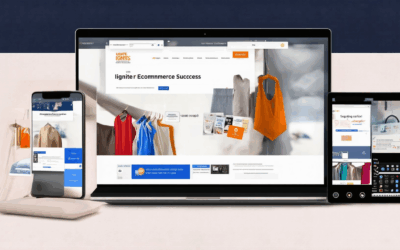
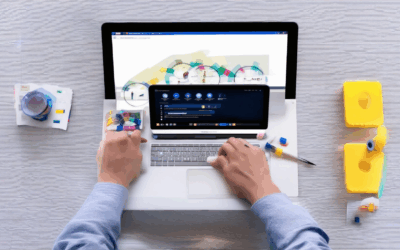
0 Comments